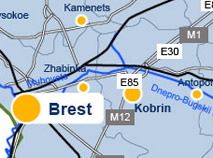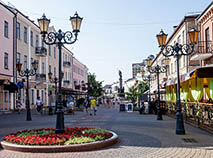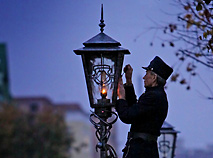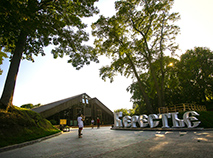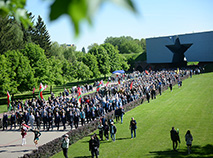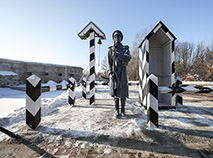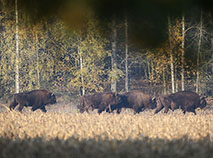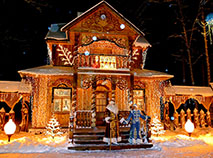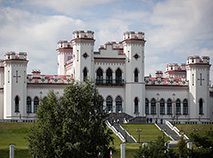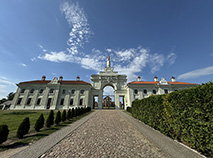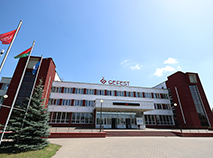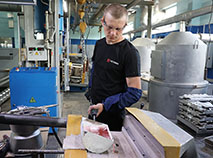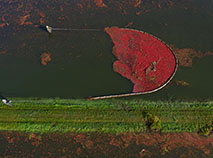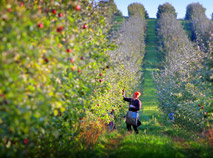Brest region

The Kholm Gate in Brest Hero Fortress
The Brest region, in the south-western corner of Belarus, is one of the six administrative regions (or oblasts) which make up the country
The Brest region of Belarus borders Poland in the west and the Ukraine in the south.
The region has a large number of national parks and nature reserves, many of which have special status to protect rare flora and fauna.
The people of Brest region
-
1.299,9 million inhabitants live in the Brest region (on 1 January 2025)
-
88% of the population are Belarusians
-
6.4% are ethnic Russians
-
2.86% are Ukrainians
The main religion is Orthodox Christianity.
Towns and cities in the Brest region
Brest is the main city in the region. There are 16 areas, 20 towns (3 of them have regional submissions - Brest, Baranovichi, Pinsk), 9 settlements of city type, 2178 rural settlements.
Transport links in the Brest region
The Brest region has one of the most developed transport infrastructures in Belarus. The country's main rail, road and water links pass through the region.
The road network in the Brest region is good, with the major Berlin-Warsaw-Brest-Minsk-Moscow transit corridor running through the region.
One of the largest in Central Europe, the Brest railway network provides transportation to the CIS countries and the Western Europe. There is also an extensive rail network, with major rail terminals at Brest, Baranovichi, Luninets and Zhabinka.
Several rivers (Pripyat, Pina, Mouhavets, Styr, Goryn) and several canals (Dnepro-Bygsky, Mikashevichi) in the Brest region are well travelled and easily navigated.
Brest has an international airport.
Industry in the Brest region
There is significant industrial activity in the Brest region. The main industries are:
-
light industry
-
food processing
-
timber
-
engineering
-
building stone production
The oil pipeline "Druzhba" and gas pipelines Torzhok-Minsk-Ivatsevichi and Kobrin-Brest-Warsaw pass through the Brest region.
There is a free economic zone in Brest
Natural resources in the Brest region
The Brest region is rich in natural minerals including:
-
building stone
-
clay
-
sand
-
gravel
-
shale oil
-
brown coal
Agriculture in the Brest region
The Brest region has a significant cattle-breeding industry, serving the meat and dairy markets.
Significant arable farming centres around potatoes, grain, sugar beet and vegetables.
Culture and media in the Brest region
Cultural facilities in the Brest region include 21 museums (3 with national status), and 3 exhibition halls.
The state-run media outlets of the Brest region include 18 regional newspapers, two town newspapers. There are also two state-run magazines: Newsletter of the Brest State University, Newsletter of the Brest Technical University. The Brest region has 16 local radio channels, five state-run television studios and two FM-stations.
Places to visit in the Brest region
There are more than 2 000 historically and archaeologically important buildings and monuments in the Brest region. The most significant of these are:
Other important historical buildings are:
-
Puslovski Palace (Kossovo, Ivatsevichi district)
-
Nemcevichi country estate (Skoky, Brest district)
-
The Franciscan monastery in Pinsk
-
Puzynov country estate (Gremiacha, Kamenets district)
-
Sapega Palace Complex (Ruzhany, Pruzhany district)
-
Gorodechno memorial chapel of the battle of 1812 (Gorodechno, Pruzhany district)


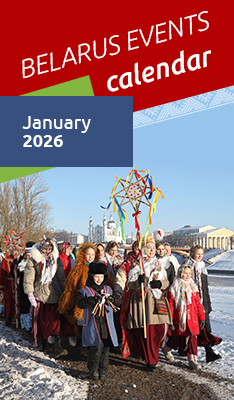




 print version
print version make home page
make home page add to bookmarks
add to bookmarks